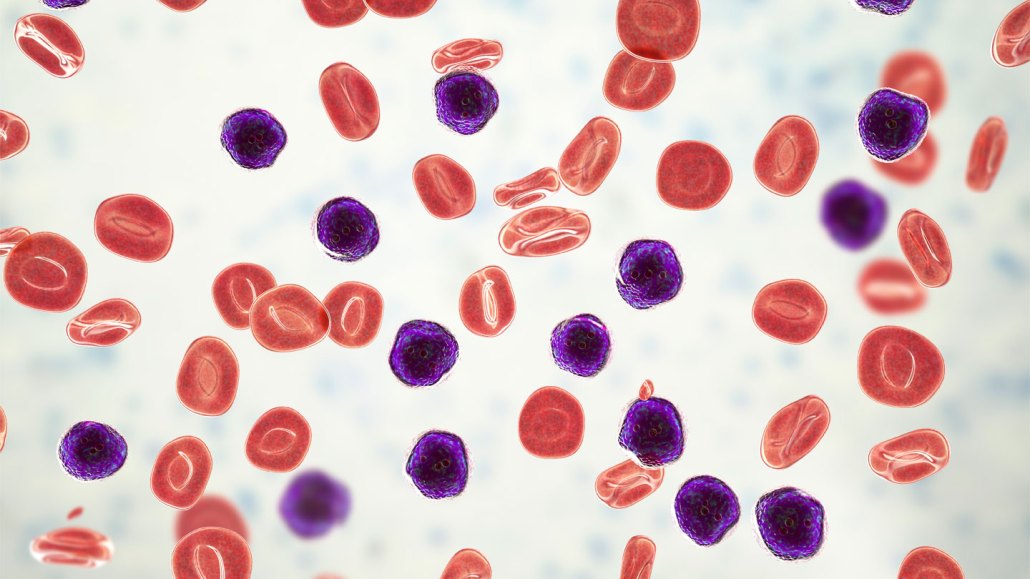A catalog of all human cells reveals a mathematical pattern
The relationship between size and number also shows up in everything from ecosystems to language

A new catalog of the number and size of the cells in the human body revealed, among other things, that the number of lymphocytes (blue in this illustration) in blood was greatly underestimated.
KATERYNA KON/SCIENCE PHOTO LIBRARY